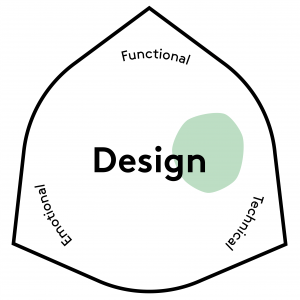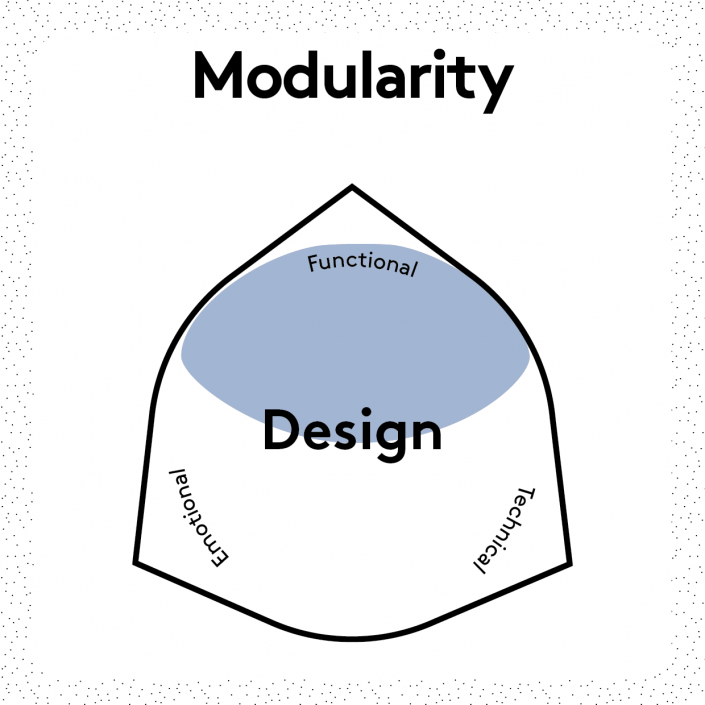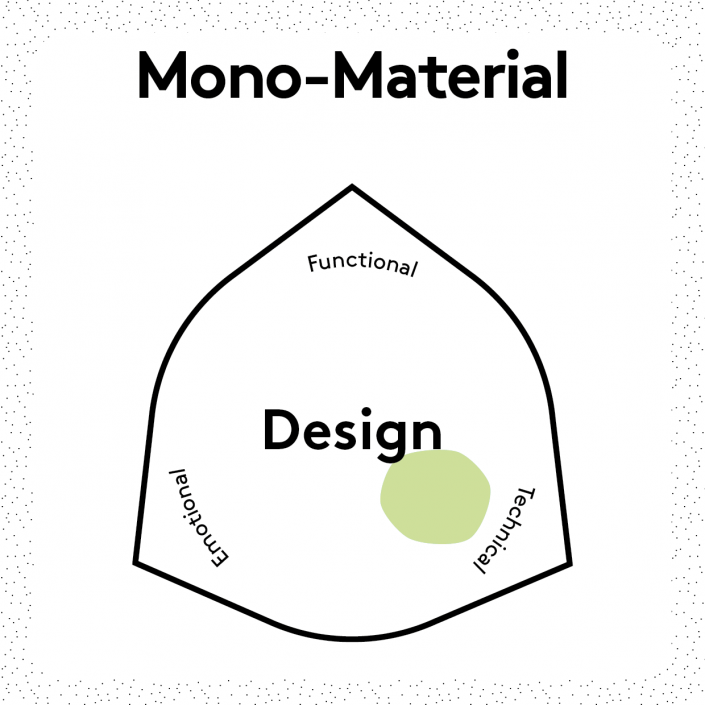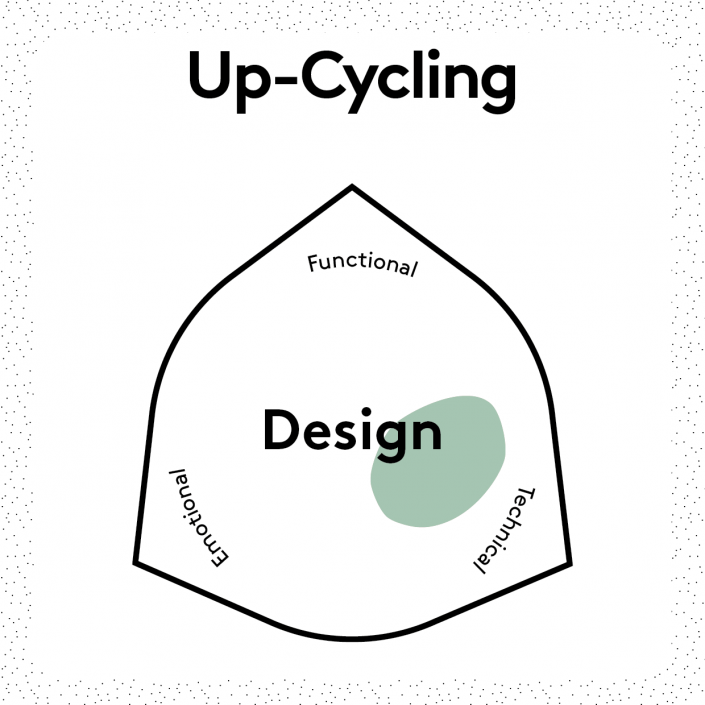What?
Working with materials and product design in a manner that allows for material separation once the product is discarded or in need of repair.
Why?
Design for Disassembly can ease and support re-use of materials.
Challenges
Design for Disassembly may challenge the intended design expression and/or economic considerations.
Examples
- The soles of the Repair-it-yourself shoes by Eugenia Morpugo are mechanically fastened, meaning that the user can replace them easily when they wear out.
- Design that makes it easy for the user to disassemble the product and replace the exact broken part, such as the Fairphone.
- Design that makes it easy to understand how it is built and how it could be disassembled, as seen in TAKT‘s furniture range.
Further Reading
den Hollander et al. (2017). Product Design in a Circular Economy: Development of a Typology of Key Concepts and Terms for Circular Product Design. Journal of Industrial Ecology, 21(3), 517-525.
Forst (2020). Disassembly Discussed: Creative Textile Sampling as a Driver for Innovation in the Circular Economy. Journal of Textile Design Research and Practice, 8(2), 172-192.
Vezzoli & Manzini (2008). Design for Environmental Sustainability, Chapter 9: Facilitating Disassembly. Springer.









